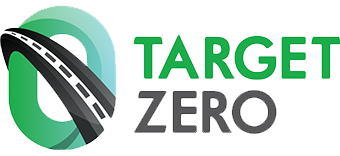STEP 4
Following Up on Policy Implementation

The following discussion guide can be used in workplace staff meetings, safety moments, or other employee gatherings to allow for continued dialogue. This discussion requires about 10 to 15 minutes.
Prompt:
It has now been (XX weeks/months) since we implemented our new distracted driving policy. When we launched the policy, we gave a list of suggested tools to help you drive distraction free. That list included:
- Create a voicemail announcing you are a “distraction-free” driver.
- Begin conference calls by asking if someone is in the car. If so, insist the driver pull over or call back when at a safe location.
- Shut off your phone or put it in “airplane mode” before starting the vehicle.
- Place your phone physically out of reach (e.g., in backseat or trunk) before starting the vehicle.
Ask:
Have you implemented any of those ideas? If so, which ones? How is it going?
What other steps have you taken that are helping you avoid distractions?
Any other tips or tools you can share?
What do we need to do as a team to continue to reduce distractions while driving?
Conclusion:
While distracted driving is commonly thought of as texting or using a mobile phone, it also includes things like eating or drinking, reaching for objects, reading, or adjusting vehicle devices or even talking. We must be creative and find ways that allow us to keep our attention focused on driving and not on other things. Are there any questions on the policy or other ideas you would like to share?
Thank You for Completing the Course!
We'd Love to Hear from You.
Washington Distracted Driving Law
In creating and implementing a workplace policy, it is important to understand current laws in Washington. In Washington, it is against the law to use your cell phone while you are driving.
Laws explicitly include both text-based communications and talking on the phone while driving without appropriate hands-free devices.
Washington also acknowledges that a wide variety of other behaviors could distract a driver and result in dangerously distracted driving. An officer can cite a driver for engaging in any activity not related to the actual operation of the motor vehicle in a manner that interferes with its safe operation. See: https://wadrivetozero.com/distracted-driving/ for more information about the laws.

